Palmyra: an oasis of cultural history
-
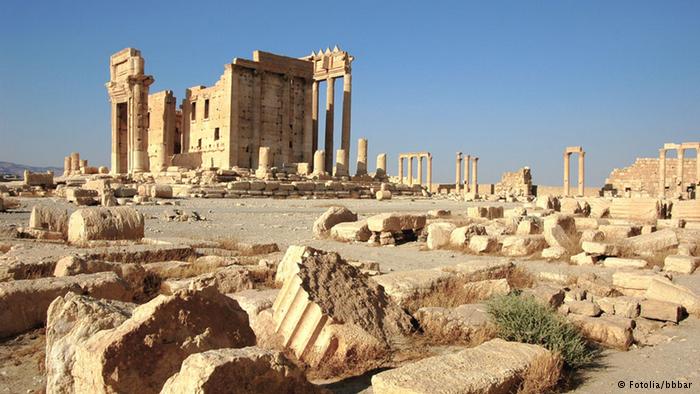
The ruins of Palmyra lie right in the middle of the Syrian desert. The once prosperous metropolis was surrounded by palms – hence its name – and for centuries was a popular caravan stop for those travelling to the Silk Road. It was a centre of wealth and trade. Gradually, however, the city went into decline and was recaptured by the desert sands. The ruins were later excavated, and given world heritage status in 1980. -
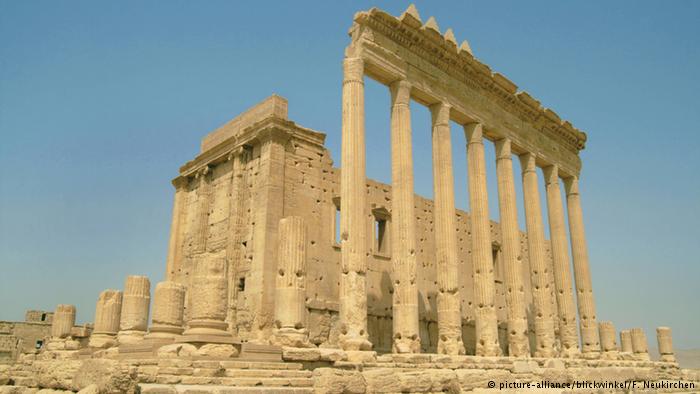
Temple of Baal: in the first century AD, the people of Palmyra built a grand Roman-style temple for the deity Baal. It formed the centre of religious life in Palmyra, which joined the Roman Empire under Emperor Tiberius some time after 14 AD. The huge Baal temple is oriented in all directions. The walls have already been scarred with bullet holes – stark reminders of the ongoing Syrian civil war. -
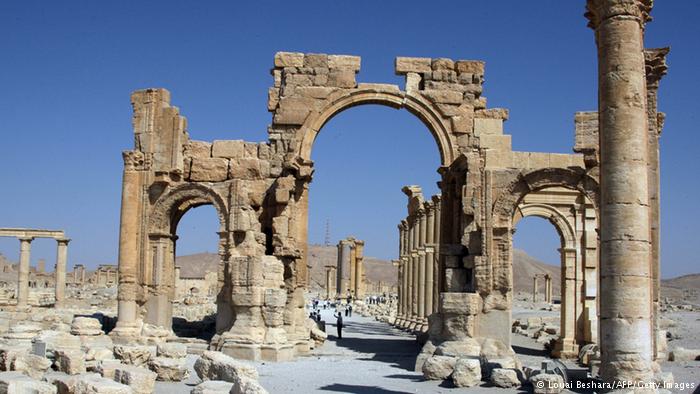
Avenue of treasures: built in the second century, the Great Colonnade is more than a kilometre long. Spices, perfumes, precious stones and other treasures once passed down this magnificent colonnaded boulevard. The avenue's entrance is marked by Hadrian's Arch, built in honour of the Roman Emperor Hadrian. It is a fine example of the Greco-Roman style, which was extremely popular at the time, with some Oriental-style decorations. -
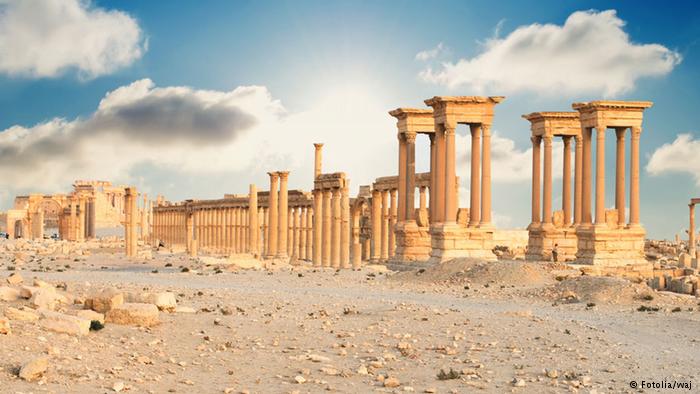
Roman monument: the Tetrapylon of Palmyra was built on a crossroads. The four groups of slender pillars, each supporting an alcove, were made of red granite brought in from the quarries of Aswan. Each one used to house statues. Today, almost all the columns are replicas. Only one is an original. -
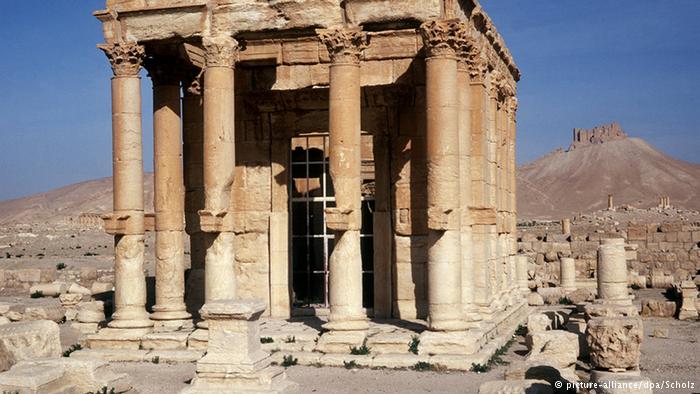
Baalshamin, the god of wind, was another important deity for the residents of Palmyra. Fittingly perhaps, the temple dedicated to him has weathered the stand storms far better than the funerary temple built at the other end of the Great Colonnade. It is not clear when exactly the Baalshamin Temple was constructed, but it is thought to have been built by Phoenicians who came to settle in the city. -
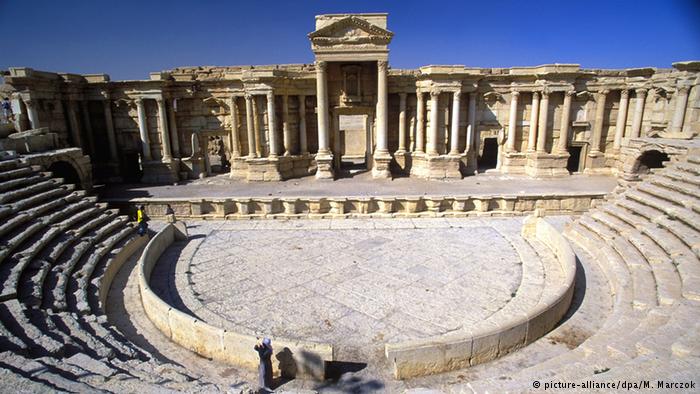
Oriental drama: with its portico, thermal baths and amphitheatre, Palmyra bore many characteristics of a Greco-Roman city. Many oriental dramas were performed on this stage. Unfortunately, the plays, written in Aramaic, haven't survived. In addition to being a theatre, the arena was also used for battles between gladiators and animals. -

Forum of high society: some 200 statues of important individuals once stood here, taking up honoured positions in the porticoes of the agora, or main square. In the agora's south-western corner stand the remains of a building where the city council is likely to have held its meetings. The council was made up of representatives from influential merchant families, who were responsible for shaping the fortunes of the desert city. -
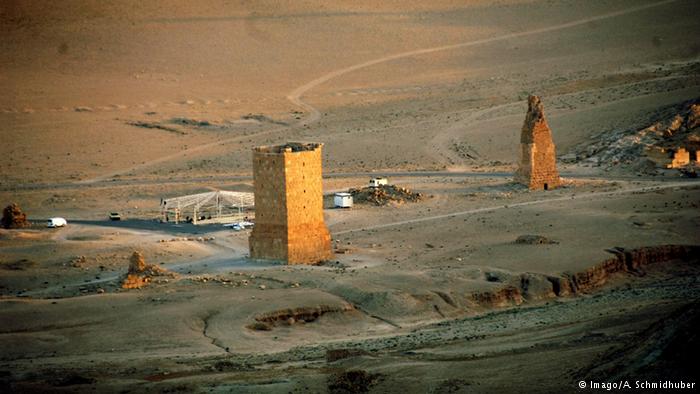
Ornate burial sites: there are a number of burial grounds just outside the city gates. Prominent families built tall towers housing ornate sarcophagi and tombs big enough for several generations. There are also many underground gravesites decorated with rich architectural flourishes and frescoes that hint at the daily life and wealth of that period. -
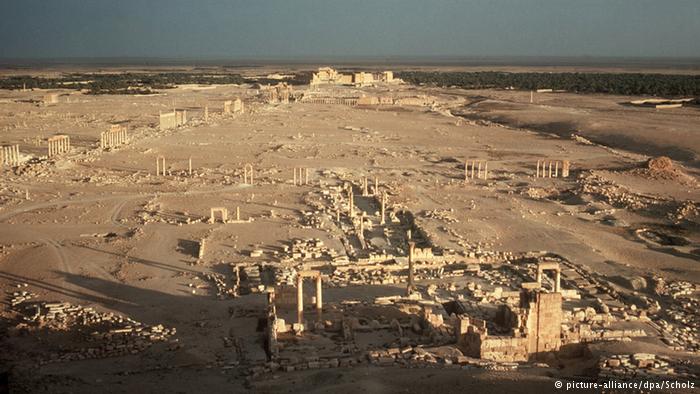
In the third century AD, Palmyra became a military base. After the reign of Zenobia, the city came under the power of a string of different rulers. The city went into decline and its splendour was eventually buried beneath the desert sand. Even today, the city's ruins are still partly covered. Now, the ancient city is under threat from "Islamic State" militants, and UNESCO fears it could be destroyed altogether.
https://qantara.de/en/node/7251
Link
To all image galleries